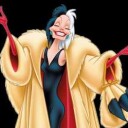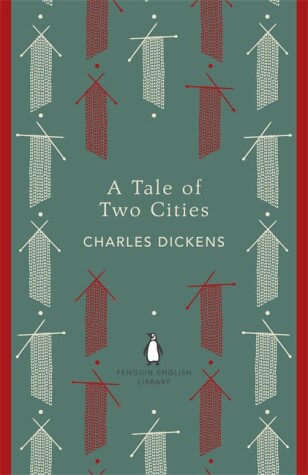
The Penguin English Library Edition of A Tale of Two Cities by Charles Dickens
'Liberty, equality, fraternity, or death; - the last, much the easiest to bestow, O Guillotine!'
Described by Dickens as 'the best story I have written', A Tale of Two Cities interweaves thrilling historical drama with heartbreaking personal tragedy. It vividly depicts a revolutionary Paris running red with blood, and a London where the poor starve. In the midst of the chaos two men - an exiled French aristocrat and a dissolute English lawyer - are both redeemed and condemned by their love for the same woman, as the shadow of La Guillotine draws closer...
The Penguin English Library - 100 editions of the best fiction in English, from the eighteenth century and the very first novels to the beginning of the First World War.
- ISBN10 0141199709
- ISBN13 9780141199702
- Publish Date 26 April 2012 (first published 1 January 1859)
- Publish Status Active
- Publish Country GB
- Publisher Penguin Books Ltd
- Imprint Penguin Classics
- Format Paperback (B-Format (198x129 mm))
- Pages 480
- Language English
- URL https://penguinrandomhouse.ca/books/isbn/9780141199702
Reviews


moraa

Amber (The Literary Phoenix)
Victorian literature is really hit or miss for me. I'm a character reader and if I don't connect with the characters, I find it very difficult to get invested in the story. There's not much depth to these characters and like other popular novels of the period, Dickens fills his story with conversational dialogue. It is through dialogue we learn backstories, plot twists, moral dilemmas, relationships, setting - everything. The narrative we receive is brief and direct. It's not my favorite style, but it's efficient enough.
Because I had a hard time relating to - or indeed, keeping straight - many of the characters, there was no emotional investment for me in the tale of the Manette family and the grievous wrongs they suffered. Even the backdrop of the French Revolution failed to dazzle. Simon Vance has a rich voice and I enjoyed his narration, despite the tedium of the writing (again - this is completely personal to my preferences). Between Simon Vance's narration and my sheer determination to read more Dickens, I was able to persevere through this one, but I'd be lying if I said I wasn't bored.
All in all, I can see why this story is a classic. I can see why people love it. I would watch a movie of it, where the characters have more emotion and depth to them because of the actors... but this book was solidly not for me.
Though! Of the whole book, I have to give mad props to the scene between between Madame Defarge and Ms. Pross. I found it the most heated, most emotive part of the book and absolutely found myself cheering for Ms. Pross. That last bit, at least, was brilliant.

celinenyx
What I enjoy most about Dickens is his prose. It might be hard to get into at first, but I just love his way with words. The beginning of this book is often referenced to, but it hasn't lost its power in the decades since it was written.
It was the best of times, it was the worst of times, it was the age of wisdom, it was the age of foolishness, it was the epoch of belief, it was the epoch of incredulity, it was the season of Light, it was the season of Darkness, it was the spring of hope, it was the winter of despair, we had everything before us, we had nothing before us, we were all going direct to Heaven, we were all going direct the other way - in short, the period was so far like the present period, that some of its noisiest authorities insisted on its being received, for good or for evil, in the superlative degree of comparison only.Hi, sentence that's a paragraph long, nice to meet you. Nineteenth century writing in general has a treacly quality, a slowness in words that can somehow convey lightness. Maybe I'm drifting off into poetics here, but truly, I enjoy how Dickens and many of his contemporaries write.
When I discussed A Tale of Two Cities with my professor, he commented that he disliked the artificialness of Dickens' stories. Every character that Dickens introduces will have an essential part in his story - and every characteristic that character has is there for a reason. When a regular story might be told to be "neatly tied up with a bow", Dickens is one of those creepy expert gift packers that will not only make the straightest bow you've ever seen, it's also knotted in such a way that instead of wanting to pull it open, you want to hang it on the wall and look at it because it's such a work of art. A Tale of Two Cities, though it relates the terror of the French Revolution incredibly well, isn't life-like. It is artificial. His use of literary devices like the double are only hidden in a thin layer of veneer, and his characters can hardly be called realistic.
However, he makes the absolute best non-realistic characters. I thought that nothing could top Miss Havisham from Great Expectations, until I met Ms Defarge, the woman who knits in code. Seriously though, how frigging awesome is that?
A Tale of Two Cities at times suffers from its grand scope - a lot of acceleration was necessary to span the time period Dickens wants to capture, and the time ellipses weren't always too conveniently placed. Minor annoyances and the occasional boring passage aside, A Tale of Two Cities is a great read for people who don't mind their stories being symmetrical and "neat".

